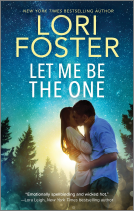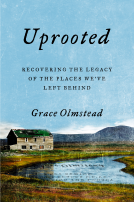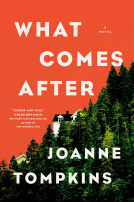
Re-living the American Frontier
Western Fandoms, Reenactment, and Historical Hobbyists in Germany and America Since 1900
by Nancy Reagin
This title was previously available on NetGalley and is now archived.
Send NetGalley books directly to your Kindle or Kindle app
1
To read on a Kindle or Kindle app, please add kindle@netgalley.com as an approved email address to receive files in your Amazon account. Click here for step-by-step instructions.
2
Also find your Kindle email address within your Amazon account, and enter it here.
Pub Date Dec 01 2021 | Archive Date Dec 01 2021
University of Iowa Press | University Of Iowa Press
Talking about this book? Use #RelivingtheAmericanFrontier #NetGalley. More hashtag tips!
Description
HISTORY / FAN STUDIES
The historic and mythic elements of the American Old West—covered wagon trains, herds of buffalo, teepee villages, Indigenous warriors on horseback, cowboys on open ranges, and white settlers “taming” a wilderness with their plows and log cabins—have exerted a global fascination for more than 200 years and became the foundation for fan communities who have endured for generations. This book examines some of those communities, particularly German fans inspired by the authors of Westerns such as Karl May, and American enthusiasts of Laura Ingalls Wilder’s Little House on the Prairie series.
But the Old West (like all visions of the past) proved to be shifting cultural terrain. In both Germany and the U. S., Western narratives of white settlement were once seen as “apolitical” and were widely accepted by white people. But during the Nazi period in Germany and in East Germany after 1945, the American West was reevaluated and politically repurposed. Then, during the late twentieth century, understandings of the West changed in the U. S. as well, while the violence of white settler colonialism and the displacement of Indigenous peoples became a flashpoint in the culture wars between right and left. Reagin shows that the past that fans seek to recreate is shaped by the changing present, as each new generation adapts and relives their own West.
Advance Praise
“‘Who owns the West?’ This superbly researched, fascinating study of historical based fandom explores a century of German fans participating in ‘cowboys and Indians’ festivals and American women channeling pioneer life inspired by the Little House on the Prairie series. Reagin expertly charts how these fans navigate the problematic aspects of the imagined worlds they celebrate.”—Kathy Fuller-Seeley, University of Texas at Austin
Available Editions
| EDITION | Other Format |
| ISBN | 9781609387907 |
| PRICE | $90.00 (USD) |
| PAGES | 272 |
Links
Featured Reviews
 Reviewer 153322
Reviewer 153322
I read the Little House on the Prairie books as a kid, and one of the things I could agree on with my mother was that, while fascinating, I did not find back-breaking subsistence work cute or fun, and resisted all Girl Scout attempts to dip candles, make outdoor ovens or wear bonnets, and never found Pa's assholish aversion to not-dirt floors charming. Later, I learned more about Rose Wilder Lane, and how the books picked up their very distinct political edge (and modern works that highlight the exploitation of the Osage people). Living in the Upper Midwest, I was baffled by people who would take vacations to Wilder tourist locations in South Dakota. Reagin examines the culture of fandom around Laura Ingalls Wilder in the US and Karl May in Germany (where, to get around the government, East German western fans remade themselves into an oddly performed solidarity movement with indigenous people while West Germans focused on rootin-tootin cowboys). Her big insight is to look at them, their merchandising, tourism, special events and online presence in parallel to other modern fandoms, rather than as historical re-enactors. This would be a great read for public history courses, regional tourism and memory studies, especially to understand the economic dependence of some small towns on putting forth a very specific, desired version of now contested "history."
Readers who liked this book also liked:
Patti Callahan Henry
General Fiction (Adult), Historical Fiction, Women's Fiction
David Nayfeld; Joshua David Stein
Children's Nonfiction, Cooking, Food & Wine
Jodi Picoult; Jennifer Finney Boylan
General Fiction (Adult), Literary Fiction, Women's Fiction
















